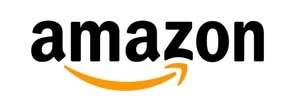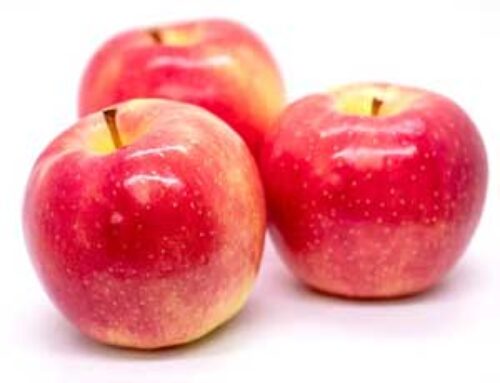America’s grocery stores are undergoing tremendous change.
Profits face downward pressure. Consumers are buying more from outside of traditional supermarkets. Online purveyors such as Blue Apron are on the rise. Two big German chains are expanding their presence in the U.S.
Then there’s Amazon, the online juggernaut that has turned its gaze to food retailing. It now delivers fresh food on demand and opening test stores in Seattle.
Reports the Wall Street Journal:
“This is the most disruption the grocery industry has seen in the last half-century,” said David Ciancio, a former Kroger executive and a strategist at consumer-data company dunnhumby. “More customers are concerned about price and value, and that has a material impact on profitability.”
And that quote came just before a jaw dropping announcement Friday morning: Amazon is buying Whole Foods and its 460 stores for $13.7 billion. The Journal said the acquisition “could make Amazon an overnight heavyweight in the all-important grocery business…”
Change in consumer buying and grocery sales means change in how tree fruit growers sell their crop to consumers.
After the Whole Foods announcement, stock prices for Wal-Mart, Target and Costco sank. Kroger, the nation’s biggest supermarket chain, had earlier warned Wall Street of disappointing earnings. The Journal estimated that the Amazon announcement had wiped nearly $29 billion from the aggregate market cap of rivals in the grocery category.
The Journal said buying Whole Foods allows Amazon to quickly grab a bigger portion of the estimated $674 billion U.S. market for edible groceries, according to consulting firm Kantar Retail. Until now, Amazon has largely focused its grocery efforts around its Amazon Fresh subscription service, which promises quick food delivery for online orders.
The New York Times said the Amazon purchase of Whole Foods gives the online giant a tremendous boost in its proximity to customers within 90 minutes or less.
The Times characterized Amazon’s latest step as setting up a clash of the titans with Wal-Mart to be the seller of pretty much everything you buy.
Walmart and Amazon have had their sights on each other for years, each aiming to be the dominant seller of goods — however consumers of the future want to buy them. It increasingly looks like that “however” is a hybrid of physical stores and online-ordering channels, and each company is coming at the goal from a different starting point….Just as Walmart is using Bonobos to get access to higher-end consumers and a more technologically savvy way of selling clothes, Amazon is using Whole Foods to get the expertise and physical presence it takes to sell fresh foods.






Leave A Comment